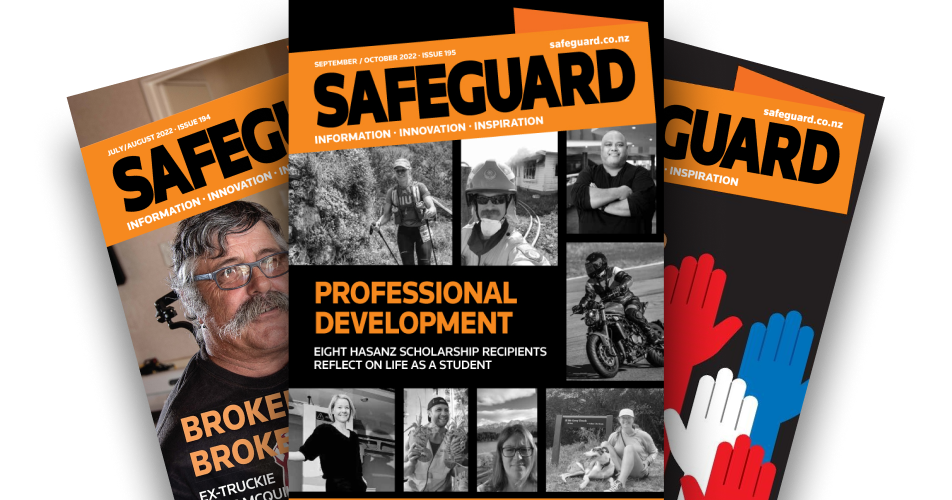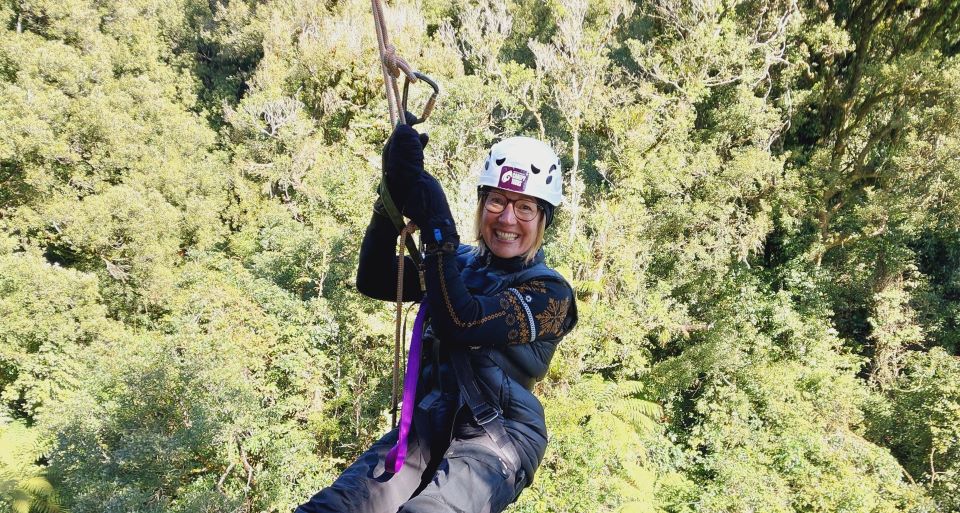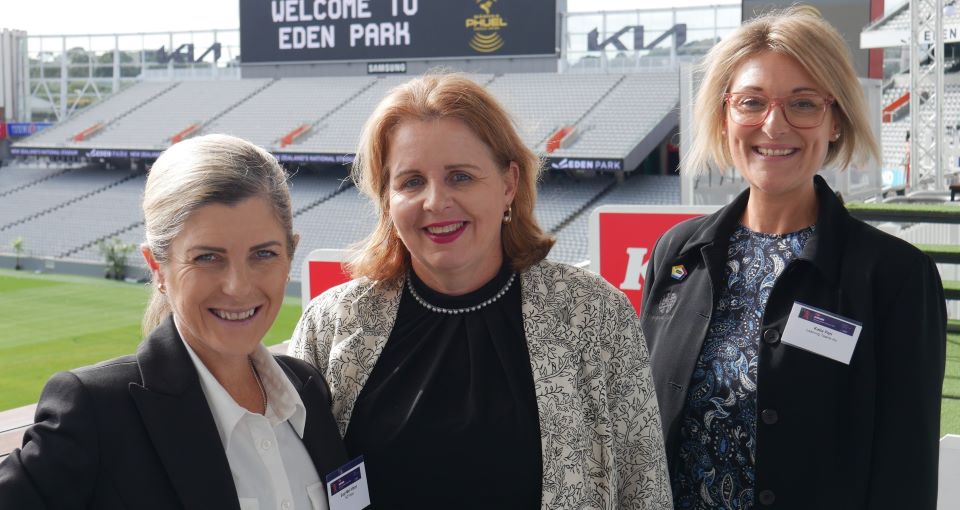“It’s almost like you think we come to work to fuck up. We don’t.”
This blunt comment from one of March Cato’s workers marked a turning point for general manager Tony Mills in the company’s approach to health and safety.
“It was so powerful, and so bloody obvious when he said it,” Mills says.
“How garbage is it that guys come to work wanting to do a good job and when they drop the ball just slightly or make a decision that felt right at the time, they live in fear that they’re going to get punished?
“How garbage is that as a method of trying to engage with people and work together as a team – having people live in fear?”
The comment came at an opportune time, just as March Cato embarked on a Safety-II journey which has seen it try to understand why rules were being broken, to better understand why incidents occurred. Both Mills and his colleague Matt Ward, HSQE and wellbeing manager, describe this journey as being at times intimidating and uncomfortable.
More rules not working
Despite the use of continuous improvement techniques and the development of seemingly robust processes and systems, the civil construction company’s health and safety performance had plateaued. A trend of “alarming” service strikes – and the realisation that the corrective actions and solutions it was trying weren’t working – led to the decision in 2022 to embrace Safety Differently.
“Being engineers, we typically look at hard solutions – hard barriers, engineering solutions, mechanical or physical controls – and the human element wasn’t necessarily at the forefront of our minds,” Ward says.
Both Ward and Mills came from an Australian company where safety incidents were “unacceptable, period”. Incidents resulted in meetings where participants were made to feel small and insignificant, and that they hadn’t done enough to stop something happening.
“Safety-I is so ingrained in us, that ‘safety’ is feared by most people in the construction industry,” Mills says.
“Invariably, we would end up writing lists of corrective actions, which would mean new tabs on spreadsheets, new lines on permits, more systems and processes and administration. And it was somebody’s fault – someone was to blame for why this had gone wrong.”
But the new rules weren’t making a difference; rules were being broken seemingly more often – not because people wanted to break them, but because there were simply too many rules to remember.
“We had to do something different, and it was about people, we both knew that,” Mills says.
Gas strike prompts change
An investigation into a gas service strike in early 2022 identified a rule breach. Bronwyn Struthers, GM Health, Safety and Wellbeing at client Watercare, suggested March Cato take a human factors approach to the investigation, to see whether it could learn why the rule had been broken.
Safety Differently consultant Moni Hogg was engaged to help them understand how Safety-II principles could improve operations, not just from a health and safety perspective, but more broadly in terms of increasing employee satisfaction through increased ownership and genuine engagement.
Ward had already been learning about Safety-II and had started bringing it into conversations within the business, so it wouldn’t be completely unfamiliar when the opportunity came to apply it within the business.
However, the business was operating inside a framework of systems and processes and boxes and sign-off sheets.
“Anytime Matt or I got questioned about anything to do with health and safety, the first thing you’d do was grab a piece of paper – look I’ve done my prestart, my permit, I’ve done this and that and the other thing,” Mills says.
All this paperwork, adds Ward, gives a great sense of comfort that things “are all tickety-boo” and that people are therefore safe, but it’s a false notion. He’s clear, however, that paperwork, systems and processes remain important – but they only get you to a certain point, and in March Cato’s case, they kept striking underground services.
It was that small but persistent number of unwanted strikes that prompted the realisation that it was time to empower the workers so that everyone collectively felt they ‘owned’ safety, rather than to punish people when things went wrong.
Giving power back
At a toolbox meeting, Ward and Mills announced they weren’t going to be making the rules any more.
“We’ve demonstrated that we’re not very good at making the rules, we’ve heard your feedback, our rules don’t work, so these rules are yours, you make up the rules.” That was the message the workers were given. There were caveats, given the company’s need to comply with legislation and certain client requirements. Outside that, however, the rules were there for the making by the workers themselves.
“Ceremonially giving that power back to the team helped grow some credibility that we really did mean it and that we had changed course,” Mills says.
Pilot learning teams were conducted, with the company leaning heavily on support offered by Hogg, Struthers and other industry experts.
Hogg led initial learning teams, which proved “absolute gold” in generating worker-led ideas and areas of action, as well as increasing transparency in uncovering system vulnerabilities and a common understanding of goal conflicts, conditions and constraints.
The learning teams were a fundamental change for March Cato. They were also the area that stumped the company the most, Mills acknowledges.
“We didn’t know how to implement it, we didn’t know when the right time to implement it was, we didn't implement it sometimes when we looked back and thought maybe we should have done. And we are still finding our way a bit if I’m honest. But it starts with setting up a space and time to have a thing called a learning team.”
Now, learning teams are used not just after health and safety incidents but when trends, or opportunities for improvements, are identified, and are often prompted by the work team itself, rather than management.
If an issue comes up multiple times, a learning team will be pulled together to try to identify solutions, whether it is a safety issue or some other operational inefficiency.
“We have taken a health and safety lens to it,” says Ward, “but more broadly as a business trying to be more productive and efficient and make a profit and produce high quality outcomes, I think our approach has paid dividends.”
“When you engage with workers and encourage them to speak up and own the outcome of what they are doing, it’s phenomenal – beyond safety you get better productivity, better quality, better design inputs, your efficiencies improve, your culture improves, the attendance rates are better, profitability, everything. It just makes sense.”
Influencing others
For March Cato, the Safety-II journey isn’t just about its own team. Mills notes that some clients – along with partners and the wider industry – have an expectation that incidents mean staff should be fired or moved on. That’s an expectation Mills and Ward are keen to change.
“We can do what we want within our realm of influence within the business, but it is bigger than that,” Mills says. “When we get pressure from those outside saying you need to follow the traditional way of doing an ICAM and holding people to account, it’s hard not to comply with the traditional approach because it’s what you’ve had your whole career.”
The pair are now on a mission to help others on their Safety-II journey.
“It’s about trying to get other people on the journey, because helping our clients, supply partners, and the industry supply chain helps everyone,” Ward says.
“I know we are in a far better health and safety and team cultural and engagement space,” Ward says. “I sleep better because there’s a high degree of comfort that our guys are safer out there on the ground now, regardless of the TRIFR.”
(That TRIFR is in single digits and it, along with other lead and lag indicators have also moved in the right direction.)
“It’s such a nicer, happier way to work,” adds Mills. “That’s the way we want to go.”




